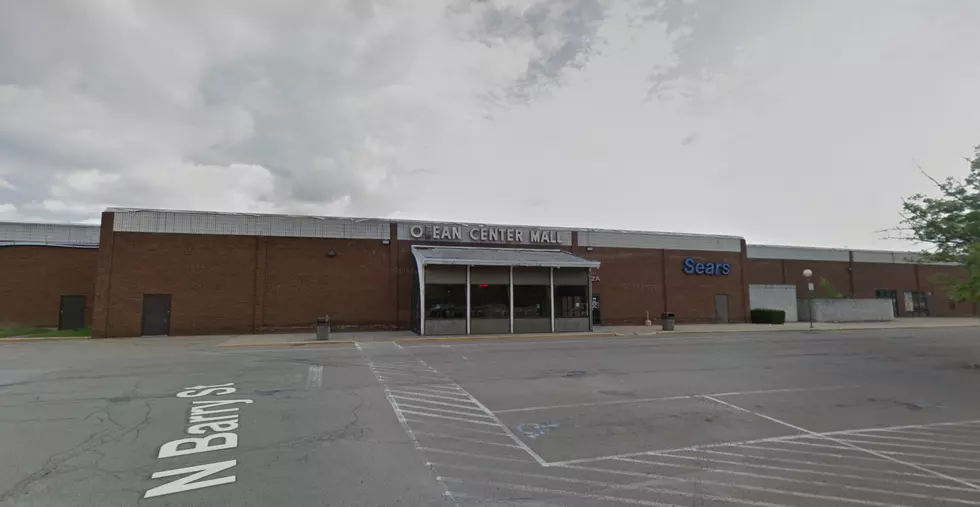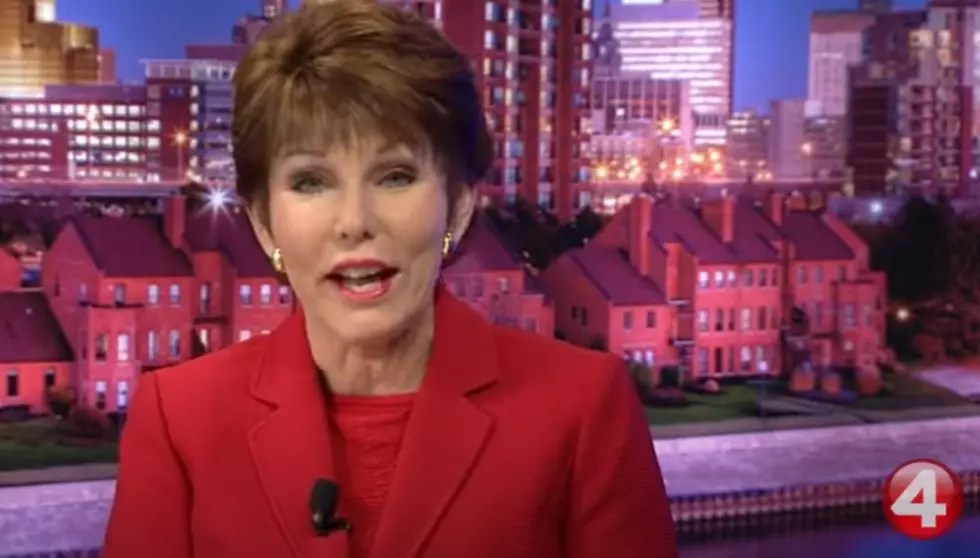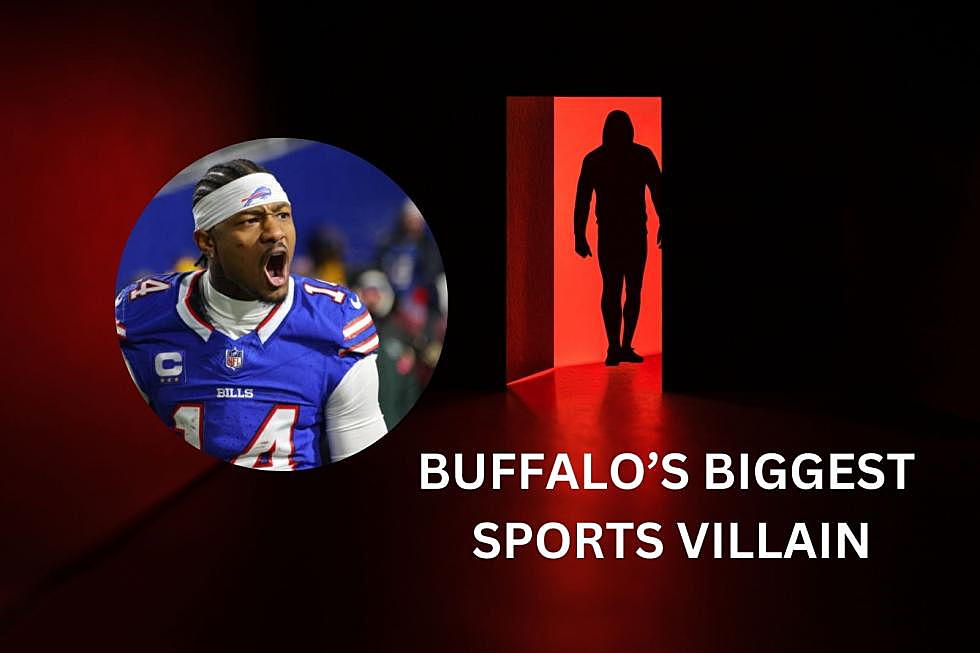Bills: There’s a Mike Williams Controversy Brewing
Shortly before the Buffalo Bills took on the New England Patriots Sunday, many fans were left wondering why Bills wide receiver Mike Williams was inactive for the game.
Following their 37-22 loss to the Patriots, Bills head coach Doug Marrone gave a fairly lengthy answer when asked, indicating mainly that Kyle Williams unexpectedly being ready to play had a major influence on the decision after a full week of offensive game planning with three tight ends.
"Mike Williams’ situation was really a tough call and it really wasn’t the direction that we probably would’ve gone,' Marrone told reporters after the game Sunday. "It happened late in the week. We really didn’t realize until Friday night that Kyle Williams was going to be able to play. By that time we had put so much in game plan-wise for a three tight end package that we practiced quite a bit and that we played today. Then you’ve got to look through the roster and you’ve got to say, ‘Okay, you’re not going to not play Kyle if he’s healthy.’ So you start to go through and see where we were banged up a little bit, where we needed guys to play, where we needed special teams. You go through all of those different scenarios and it’s not an easy decision. We went with that decision. The process to go about it, we were really surprised he [Kyle Williams] was able to play, which was good. I brought Mike in on Saturday and I told him I needed him to do this for the team. I said, ‘It’s not a great situation, but it’s due to the special teams and everything that we needed to cover.’ We talked to him and he handled it like a pro and he’ll be ready to go next week."
In his place Chris Hogan had a good game for the Bills, catching five passes for 72 yards and a touchdown.
Even still, Marrone insisted Hogan hasn’t surpassed Riverside High School product Williams on the team’s depth chart going forward.
“No. He’s an outside receiver,” Marrone said of Williams. “What we had today was the three tight ends up, we had things in the plans for Chris and then, obviously, Scott had a very good game. We had a lot of things that we wanted to take advantage of with the tight end play. Really it comes to that. If you look at what we’ve done before, we had one of the tight ends down and Mike was up.”
Marrone’s decision to game-plan heavily around the three tight ends yielded mixed results. Scott Chandler had one of his best days as a Bill in catching six passes for a career-high 105 yards, but Lee Smith blew a block that led to a sack of Kyle Orton when wide receiver Sammy Watkins was breaking free downfield, and he also committed a special teams penalty. Chris Gragg was a complete non-factor who saw action exclusively as a blocker.
Having said that, unless Williams could’ve magically converted himself into an effective defensive back, his absence had no bearing on the Bills loss.
Whether Marrone’s explanation was justified or not, it apparently hasn’t sat well with Williams.
News broke Monday morning that Williams’ agent, Hadley Engelhard called Bills general manager Doug Whaley requesting his client be traded.
Whaley spoke with reporters not long after the story, first broke by NFL Networks’s Ian Rapoport surfaced, and said the team isn’t actively shopping him or anyone else but will always listen to offers.
“We like Mike Williams, we expect him back and we expect big things from him,” Whaley told reporters. “But like anybody, if he gets me compensation worthy of a No. 1 wide receiver, which he claimed he is, then we would entertain it. But we would entertain it with anybody before the deadline. He's taken it as permission, but I say it as anybody on this team, we have to do our due diligence and if there's somebody out there that will give us compensation that we think is fair and would help us in the long run, we would entertain it.”
Just because Williams apparently desires to be traded doesn’t mean the Bills are required to comply. Acquired in exchange for a sixth-round pick from Tampa Bay during the offseason, it’s unlikely the Bills will fetch much value in the trade market. Williams also is only earning $1.2 million this year before his cap number jumps $6.8 million next season, making him a strong candidate to be released regardless of how this season plays out .
If nothing else, Williams serves as quality insurance in case injuries occur to starters Sammy Watkins or Robert Woods as well as reserves Hogan or Marquise Goodwin.
Trading Williams for a future low draft pick doesn’t appear to be in the spirit of “win now”, which the Bills have clearly implemented after paying a huge 2015 price in trading up for Watkins this May and benching E.J. Manuel in favor of Kyle Orton.
More From The New 96.1 WTSS









